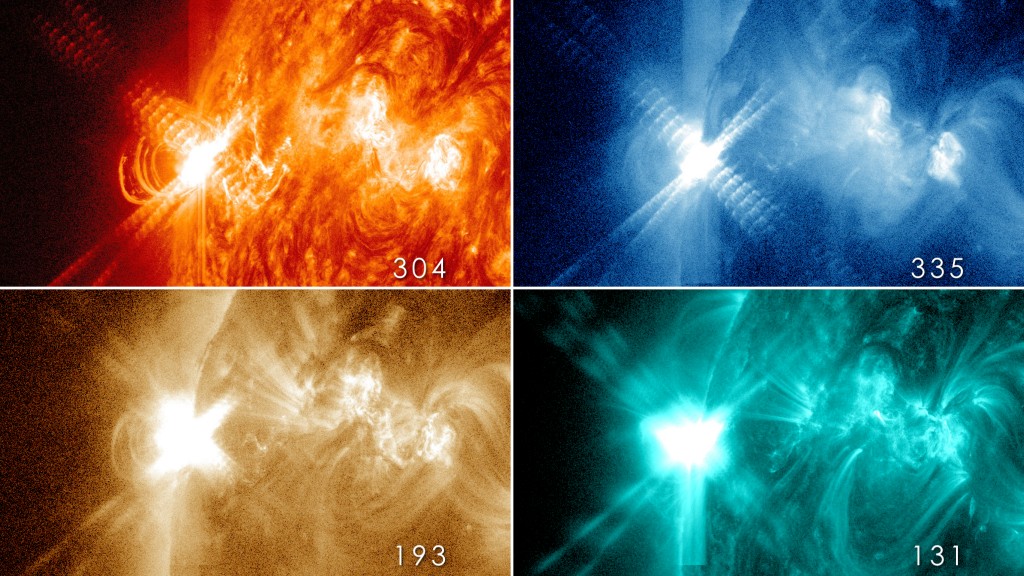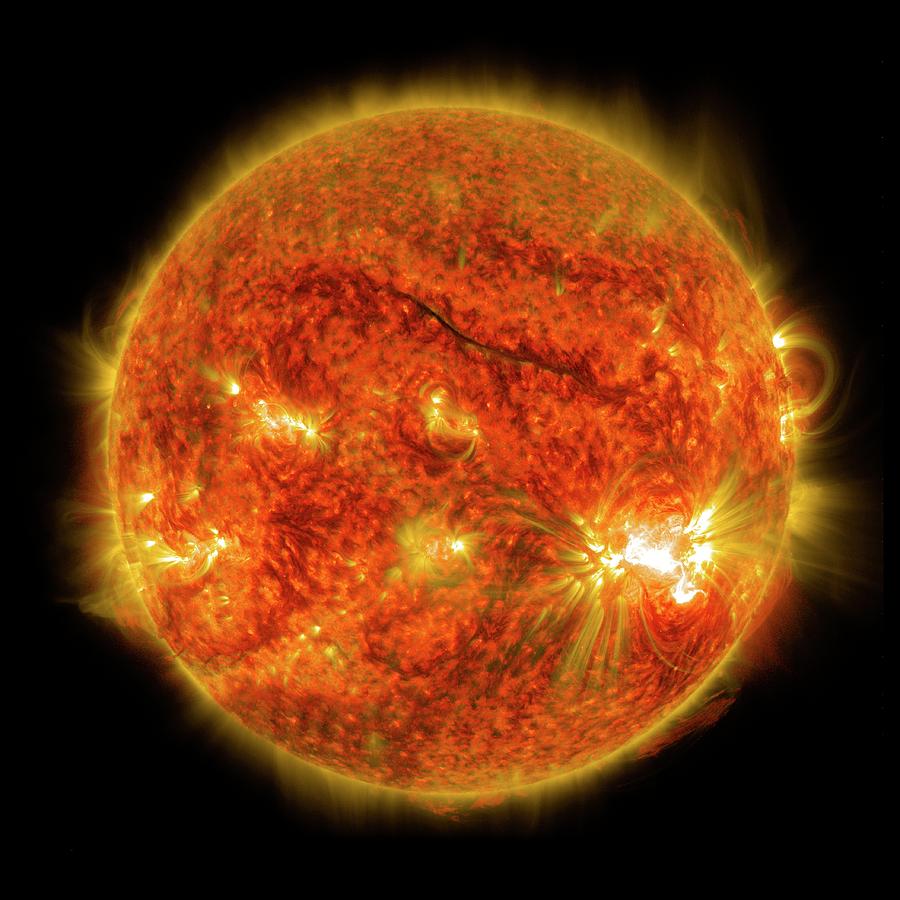

During the massive 1859 “Carrington Event,” compass needles swung wildly and unpredictably, and the aurora borealis was visible at the equator in Colombia. Large events in 18 demonstrated that geomagnetic disturbances can disrupt electrical infrastructure and communication lines like telegraph wires. Severe solar storms are so rare that there are only three main examples to go off of in recent history. That information gap mostly comes from lack of data. We have very limited understanding of what the extent of the damage would be.” “Our infrastructure is not prepared for a large-scale solar event. There was no protocol to deal with it effectively, and it’s the same with internet resilience,” Abdu Jyothi told WIRED ahead of her talk. “What really got me thinking about this is that with the pandemic we saw how unprepared the world was. It would be like cutting flow to an apartment building because of a water main break. A solar storm that disrupted a number of these cables around the world could cause a massive loss of connectivity by cutting countries off at the source, even while leaving local infrastructure intact. But for long undersea cables that connect continents, the risks are much greater. Short cable spans are also grounded very regularly. Abdu Jyothi found that local and regional internet infrastructure would be at low risk of damage even in a massive solar storm, because optical fiber itself isn't affected by geomagnetically induced currents. Abdu Jyothi's research points out an additional nuance to a blackout-causing solar storm: the scenario where even if power returns in hours or days, mass internet outages persist.

New research shows that the failures could be catastrophic, particularly for the undersea cables that underpin the global internet.Īt the SIGCOMM 2021 data communication conference on Thursday, Sangeetha Abdu Jyothi of the University of California, Irvine presented “Solar Superstorms: Planning for an Internet Apocalypse,” an examination of the damage a fast-moving cloud of magnetized solar particles could cause the global internet.

Less examined until now, though, is the impact such a solar emission could have on internet infrastructure specifically. The repercussions would be felt everywhere from global supply chains and transportation to internet and GPS access. Scientists have known for decades that an extreme solar storm, or coronal mass ejection, could damage electrical grids and potentially cause prolonged blackouts.


 0 kommentar(er)
0 kommentar(er)
